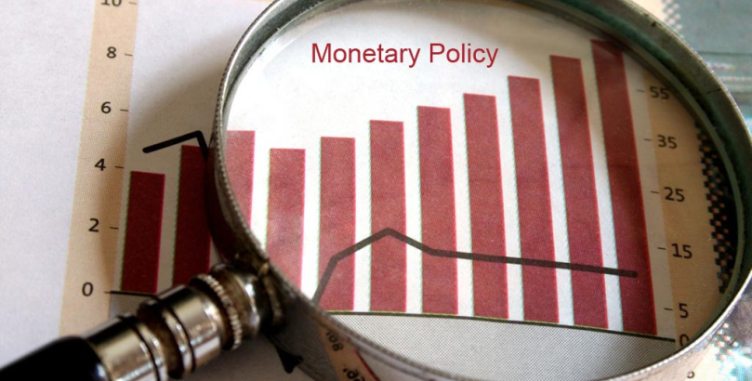A Monetary Policy is by definition a macroeconomic policy controlled by the Central Bank. It comprises management of money suppl...
What is a Monetary Policy?
A Monetary Policy is by
definition a macroeconomic policy controlled by the Central Bank. It comprises
management of money supply and interest rate, and it is the demand side
economic policy used by the government of a country to achieve macroeconomic objectives-
inflation, consumption, growth and liquidity, in other words it is a tool used
to control the flow of money in the economy.
Monetary Policies have several objectives,
yet the main are the management of inflation, unemployment and maintenance of
currency exchange, and in order to achieve these policies have several tools:
·
Adjustment of interest rates- the central bank
can influence the discount rate( interest rate charged by the central bank to
other banks);
·
purchase of sale of government securities- by
changing into the required amount the central bank can influence the money
supply of the economy;
·
Open market operations- The Central Bank can
either purchase or sell securities issued by the government to affect the money
supply.
Another Important matter to address when it comes to monetary policy is the differentiation between Expansionary Monetary Policy and Contractionary policy. The first one aims to increase the money supply in the economy via reducing interest rates, obtaining government securities by central banks and dropping the reserve requirements for banks it lowers unemployment and stimulates business activities and consumer spending. On the other hand, the contractionary policy has the goal to decrease the money supply of the economy to control inflation rates, by raising interest rates, selling government bonds, and increasing the reserve requirements for banks.
The monetary policy of a county
as a great weight on it’s economy, as we can see. If a monetary policy
incentivizes entities to borrow and spend, it aims to spur economic activity.
However, by limiting spending and incentivizing savings it can also act as a
brake on inflation and other issues associated with an overheated economy.
source: economictimes, corporatefinanceinstitute
About author: Margarida Guerreiro
Cress arugula peanut tigernut wattle seed kombu parsnip. Lotus root mung bean arugula tigernut horseradish endive yarrow gourd. Radicchio cress avocado garlic quandong collard greens.
Subscribe to:
Post Comments (Atom)

Interesting Post!
ReplyDelete